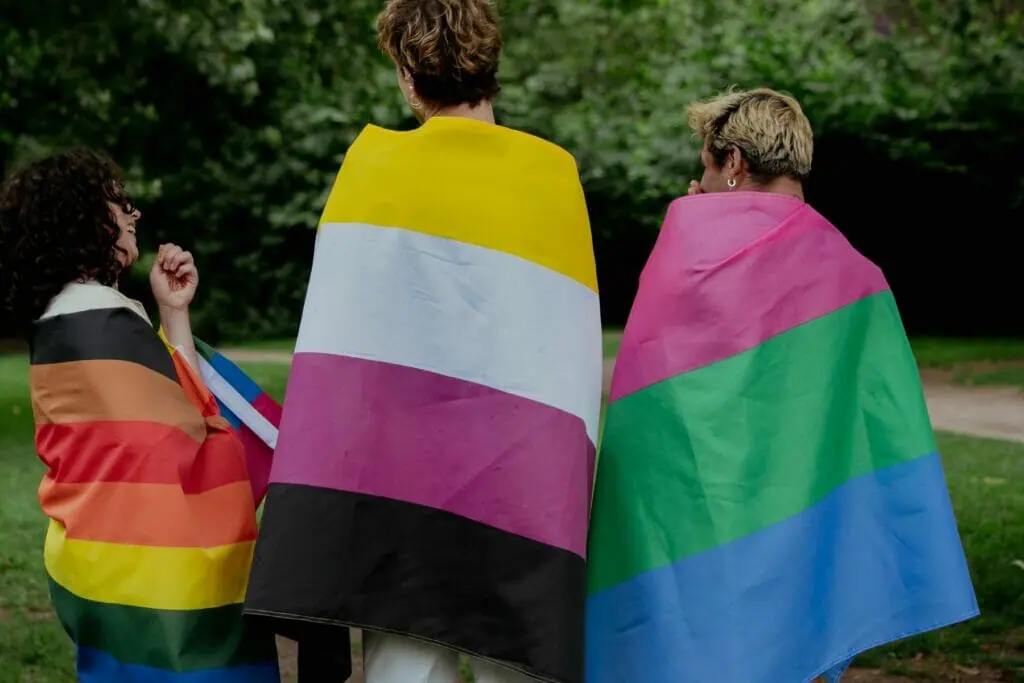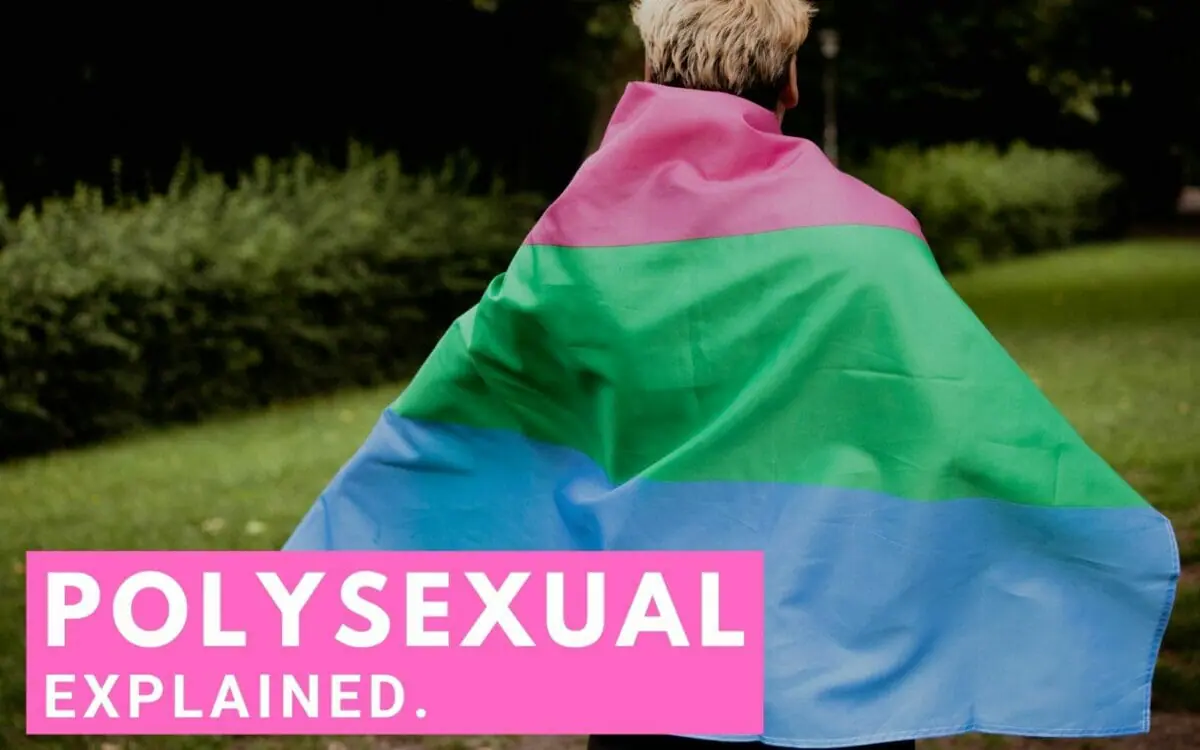There are many gender identities and sexual orientations that anyone can feel connected to or identify with.
More and more terms have been popularized over the years to represents the emotions and experiences of queer individuals and if you aren’t immersed in the LGBTQ+ culture or the queer community, you might not recognize a few sexual orientations and gender identities due to a lack of representation in mainstream media.
One such term is polysexual, so we are going to talk about what does polysexuality mean, speak about the significance behind the polysexual pride flag and its colors, and help you with some information to become a better ally to the polysexual community.
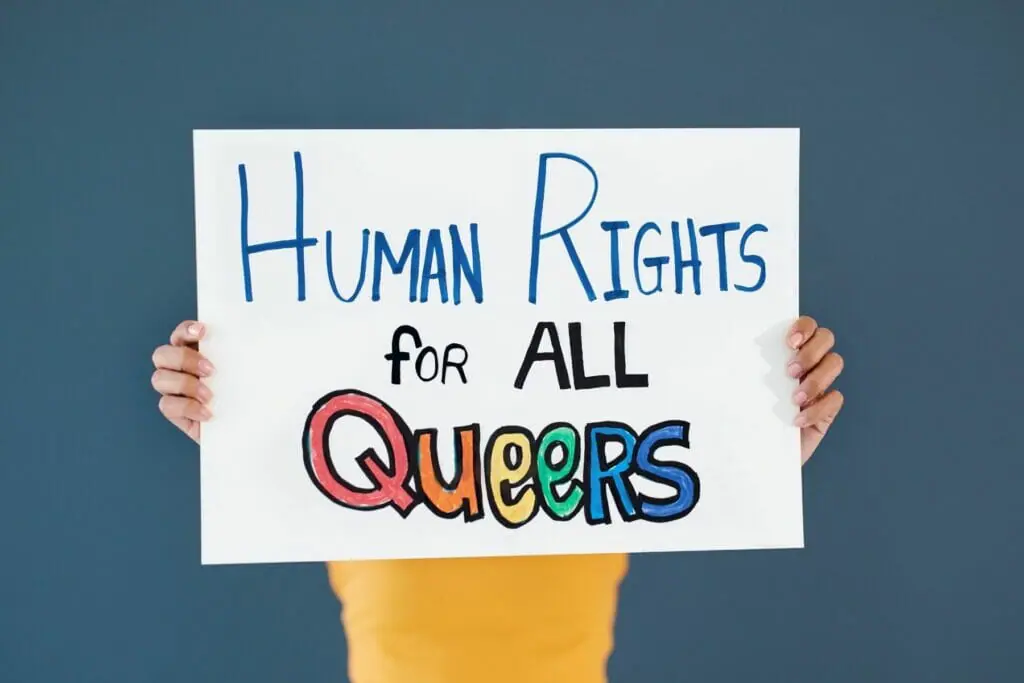
In this article we will cover...
What Does Polysexual Mean?
The terms we use to describe gender and sexual identity are evolving. While some terms are commonly known, others are still relatively new. Even if you’ve heard of them, you might not be sure about what they mean. One of the relatively new terms is’ polysexual.’
Polysexual is a term used to describe sexual orientation. ‘Poly’ means many. Therefore, someone who is polysexual is attracted to many different genders. For example, a man who identifies as polysexual and attracted to a woman may also be attracted to people who are non-binary.
Or, someone can identify as polysexual if they’re attracted to all genders other than men.

Like other terms used to describe sexual and gender identity, there may be differences in how people identify with the term polysexual. While there’s a general definition, polysexual people will frequently define the term in their own ways, or according to how they experience sexuality. Rather than assuming, it’s always best to ask someone what polysexuality means to them.
Sometimes, polysexuality is likened to other multi-sexual identities. These include omnisexual, pansexual, or bisexual identities. One of the main differences between pansexual and omnisexual is that people who identify with these terms are attracted to all genders. On the other hand, a polysexual may not necessarily be attracted to all genders but may be attracted to many genders.
The terms polysexual and bisexual might also seem a little similar. When an individual prefers one term over the other, it is principally as a result of preference. As a consequence, some individuals may identify as both, while others prefer one.
They may feel that one term communicates their personal experience with more accuracy than the other does. People who don’t feel that bisexuality fits their idea of sexual orientation may identify as polysexual.
Remember defining sexual preferences are a uniquely individual action and so if you are wondering what does Polysexual means in the context of a specific person, it could be best to ask them rather than trying to label it for them.
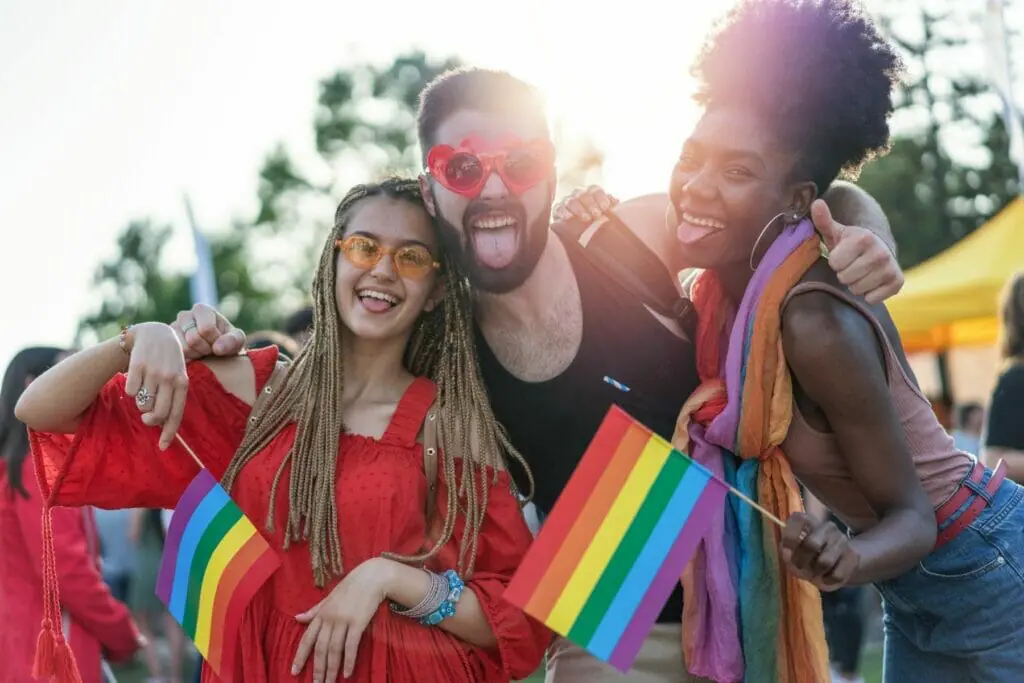
Polysexual Pride Flag Meaning
There are many different LGBTQ flags representing most queer identities, so it should come as no surprise there is a flag for polysexual people to proudly fly.
The polysexual pride flag has pink, green, and blue stripes. Pink represents an attraction to women, green represents an attraction to non-binary people, and blue represents an attraction to men. The polysexual flag was created by Tumblr user Tomlin in 2012. The user created the flag after noting that polysexuals did not have a flag to represent them. He made the flag similar to pan and bi flags since all these identities are under the multisexual umbrella.
An anonymous wiki user-designed an alternative poly flag on October 21st, 2020. This new design is meant to be easier on the eyes while maintaining the same meaning. This flag still has the original stripe colors with their meaning and the additional lighter pink and blue stripes stand for ply individuals. The light green almost white stripes represent peace, poly, and transgender individuals.
For now, the original polysexual pride flag is the most frequently seen but in the future, this could evolve. Many pride flags like those for intersex and asexual individuals have multiple versions in use simultaneously. It doesn’t make them less valid.
When Is Polysexual Pride Day?
Awareness, visibility, remembrance, and celebration are all important in increasing the acceptance and recognition of queer identities and queer folx around the world.
By observing an international day for polysexuality, it is easier for polysexuals to talk to friends and loved ones – and to feel the love. It also helps foster awareness and increased sensitives from society at large.
So, mark your calendar and plan something special (even if it is just a social media post!) for June 4th, which is Polysexual and Polyromantic Pride and Visibility Day.
Other Polysexual Information To Help You Be A Better Ally
Just like other sexual and gender identities, there are many myths and attitudes surrounding polysexuality. Knowing them and changing your attitude toward polysexual people will help you be a better ally. Here’s how:
Don’t make assumptions about someone’s sexuality based on who they’re dating.
There are many stereotypes and myths surrounding polysexuality. They are similar to those surrounding other than multi-sexualities. The first one is that polysexual people are attracted to everyone and can’t make up their minds about their attraction.
There’s also the notion that they are polyamorous or promiscuous and the assumption people make about someone’s sexuality because of the relationship they are currently in. For example, if a polysexual man is dating a woman, many people assume he is straight. These assumptions are far from the truth.
First of all, just because polysexual people are attracted to many genders does not mean that they will be attracted to everyone. It also doesn’t mean that they are promiscuous. Our sexual orientation is not defined by the relationships we are in or who we are with. Period.
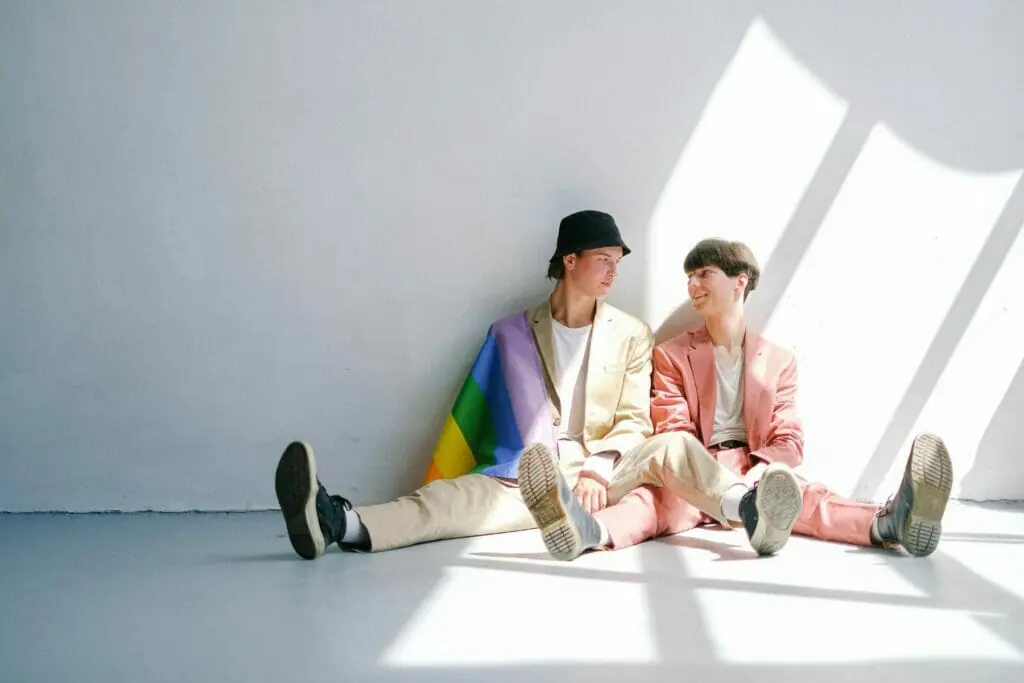
Be open-minded
Always keep an open mind when someone is talking to you about their polysexuality. It’s as simple as talking to friends and hearing them say something about themselves. The first thing you need to do is trust that they know what you’re saying and believe when they tell you who they are.
Don’t ever assume that you know more about someone else’s sexuality than they do. You don’t. Keep in mind that they’ve been reflecting, learning, and examining it for a longer time than you.
Educate Yourself
The next thing you need to do to be an straight ally is to educate yourself. Educating yourself means you talk to your polysexual loved one and ask questions to better understand their experience. Remember that they have to be comfortable talking to you about their sexuality.
If not, don’t ask questions. Educating yourself can also mean that you look at online resources such as this one that will offer you more information about what it means to be polysexual. Your willingness to learn more about someone else’s sexuality says that you are ready to accept them.
Even if you don’t understand everything from the start, it’s ok. The most important thing is that you’re willing to accept and support someone else. As a friend, your main job should be to support them.
Here are more things you can do to help you be an ally to polysexual people.
- Understand and challenge myths and stereotypes that polysexual people experience.
- Speak up when you hear negative comments. Polysexual people experience bias or harassment. You confront the person instigating these remarks and create a distance to cool the situation. You can also remove the victim from that situation and alert an authority to manage it.

Myths And Misconceptions About Polysexuality
Below, we highlight some of the misconceptions about polysexuality and tell you what the truth is.
Polysexual people are promiscuous and cannot be faithful.
The truth is, polysexual people are just like any other person. And they form relationships the same way others do. If they’re in a monogamous relationship, they can be loyal.
Polysexual people want attention and are hypersexual.
Polysexuality has nothing to do with anyone’s libido. They do have a preference for when or with who they would like to have sex. While concerns are essential for everyone else, it is just as crucial for polysexual individuals.
Polysexual people are not sure of what they want, and it’s only a trend.
Poly sexuality is a valid identity. It is not a trend, nor is it a choice. Such kinds of myths can lead to dismissive or abusive behavior towards polysexual people.
